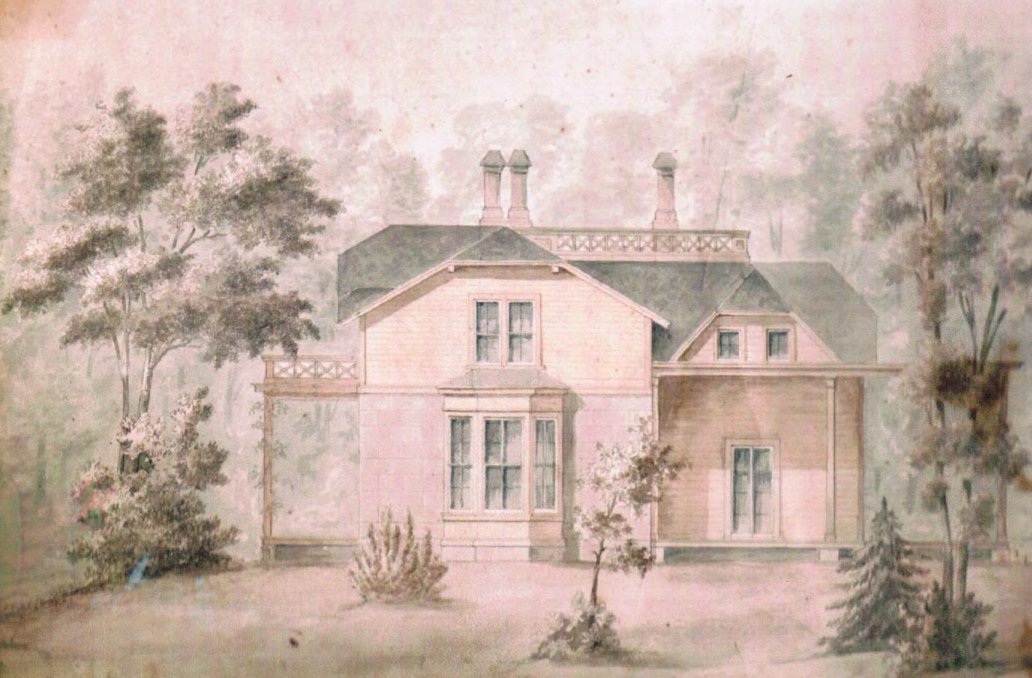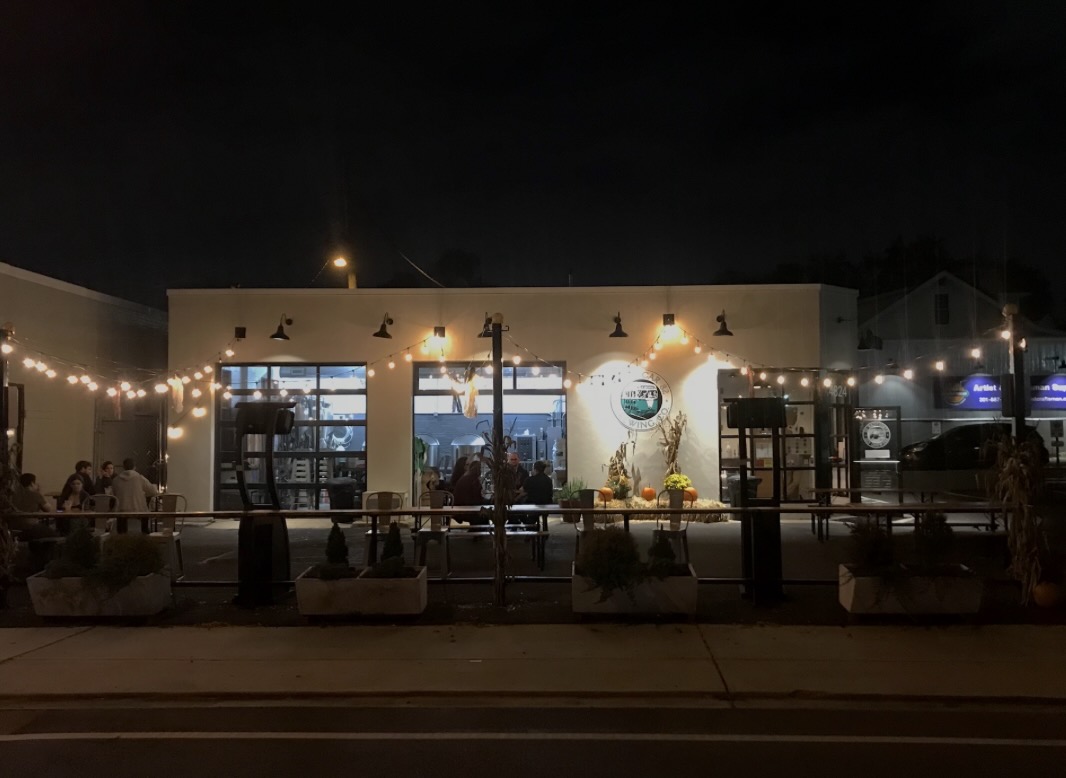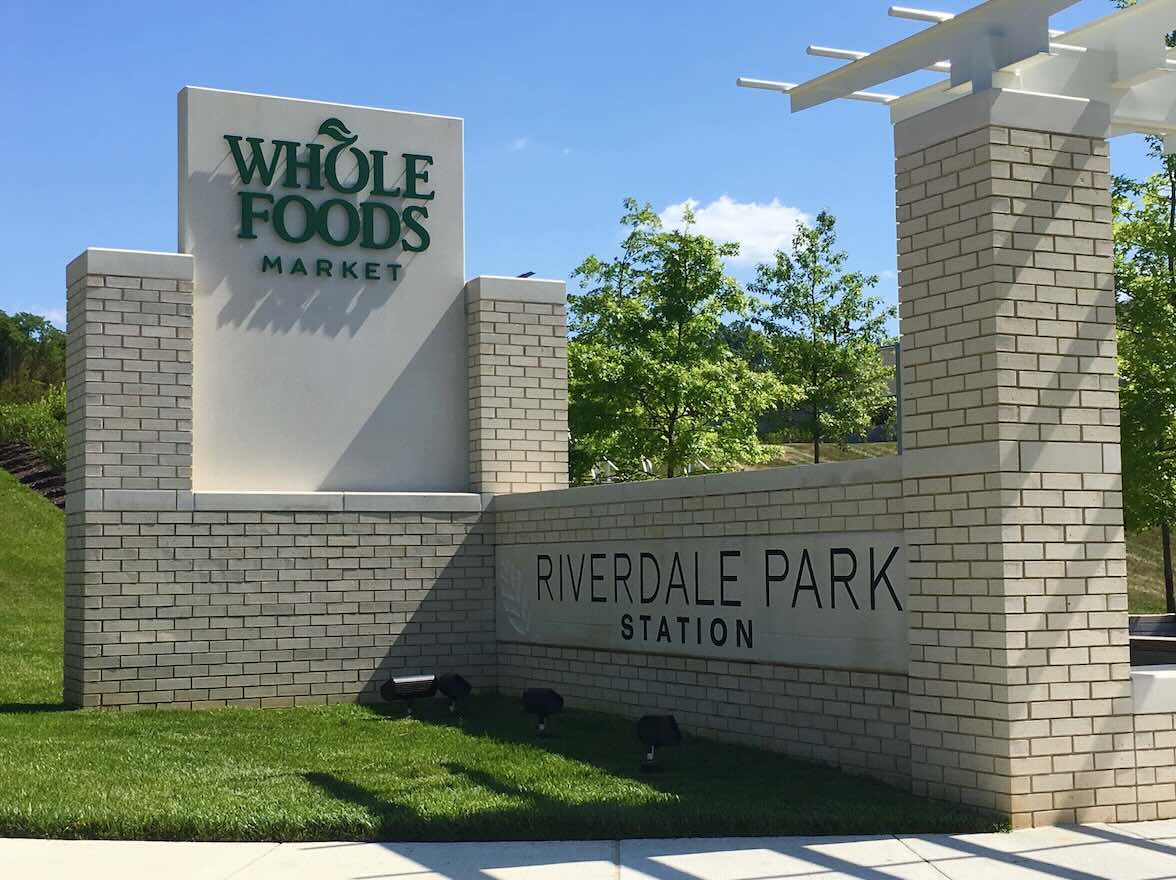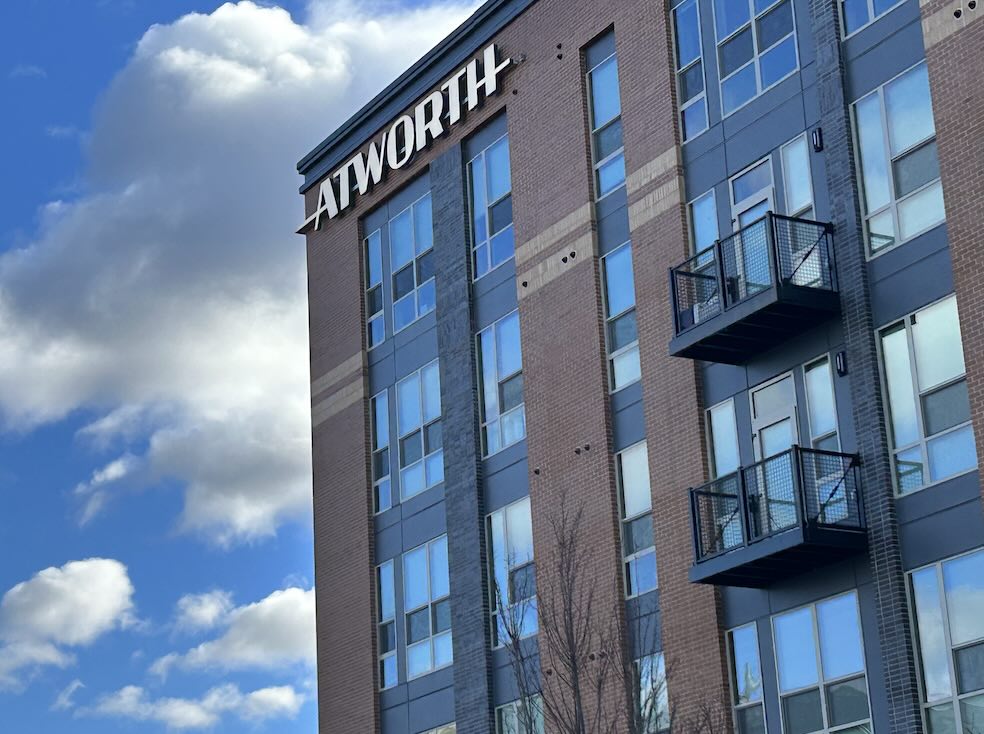
A former resident of what is now Mount Rainier went on to found Clemson University in 1889, inspired in part by his experiences in the area.
The story begins in 1853, when the chargé d’affaires to Belgium, Thomas Green Clemson, returned to the United States.
Clemson has been called a quintessential Renaissance man, interested in politics, mineralogy, chemistry, agriculture and education. To serve all of his interests, he bought 100 acres in what is now Mount Rainier, living on a farm his family called “The Home.” Their house was a stately manor that likely stood around the location of the First Baptist Church at 3103 Shepherd St. today.
The decision to move to Maryland was strategic. Clemson wanted to be close enough to Washington, D.C., that he could compare notes on his agricultural studies with federal researchers and also lobby for his pet cause, the promotion of agricultural education.
It worked, as his research was regularly published in scientific journals of the day. He was invited to speak at the Smithsonian about his findings on a cattle disease, and later served as Superintendent of Agriculture under President James Buchanan.
But when the Civil war broke out in 1861, Clemson made a fateful decision. He quit his government post, left Maryland for South Carolina, enlisted in the Confederate Army and never returned.
The house fell into disrepair. In the 1890s, the Washington Post wrote that it was “on a high hill,” “surrounded by several acres of the largest forest trees in this section,” saying that it was “one of the most beautiful places around Washington despite the rack and ruin the place is in.”
As for the land, the Clemson tract traded hands a few times before it eventually became one of the main parcels that formed the city of Mount Rainier.
Clemson never stopped advocating for more agricultural education, and he had been supportive when his friend, Charles Benedict Calvert, used some of the land from the Riversdale Mansion in 1858 to create the Maryland Agricultural College, the forerunner of the University of Maryland at College Park.
So in his will, he did the same, leaving his home and the surrounding land in South Carolina to be used to create a college, known today as Clemson University.















